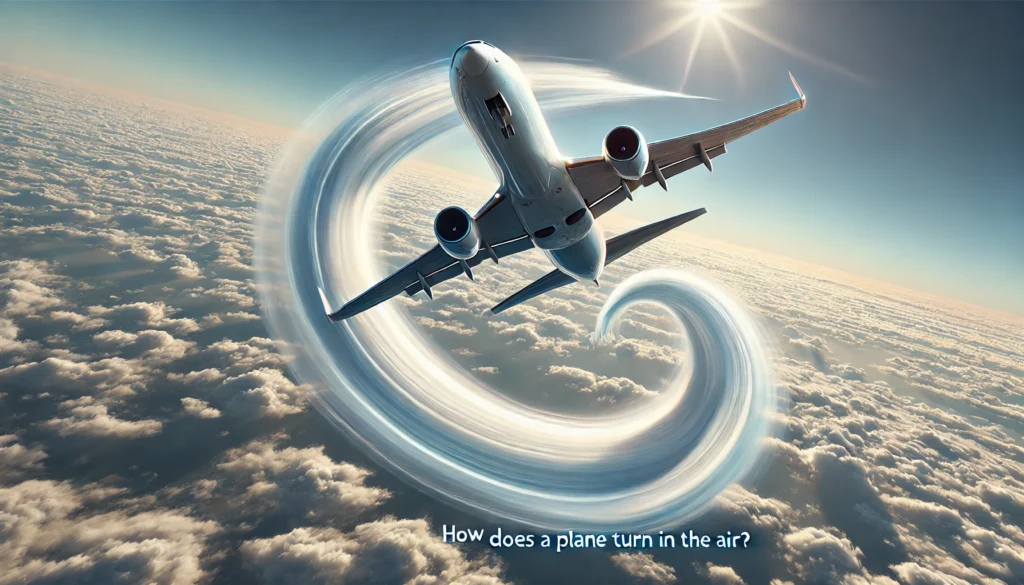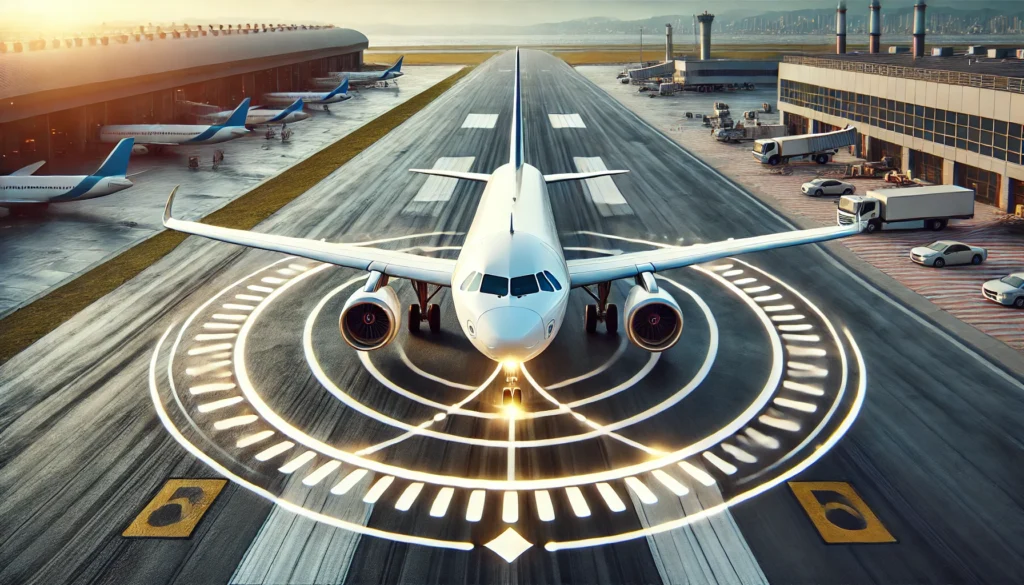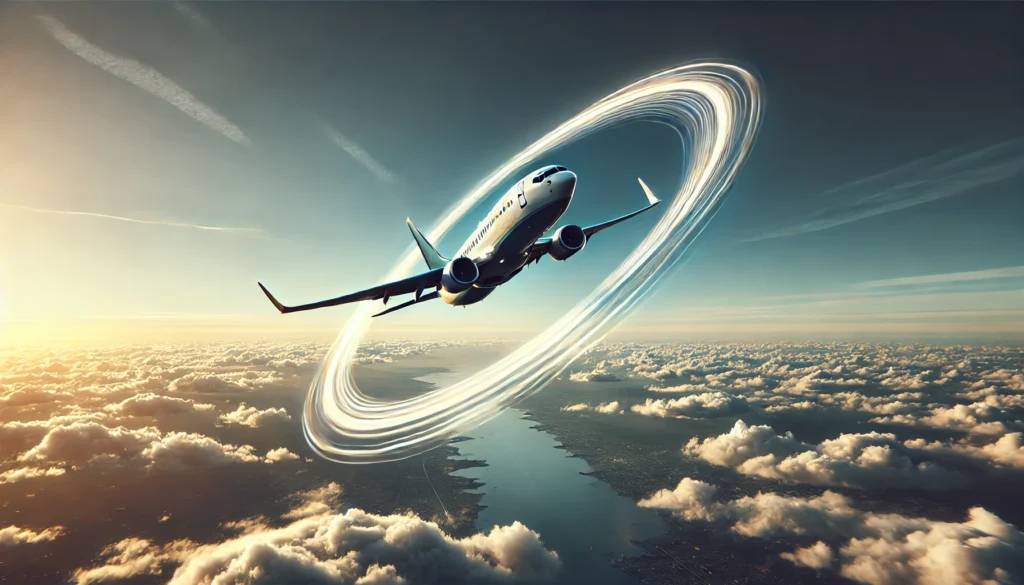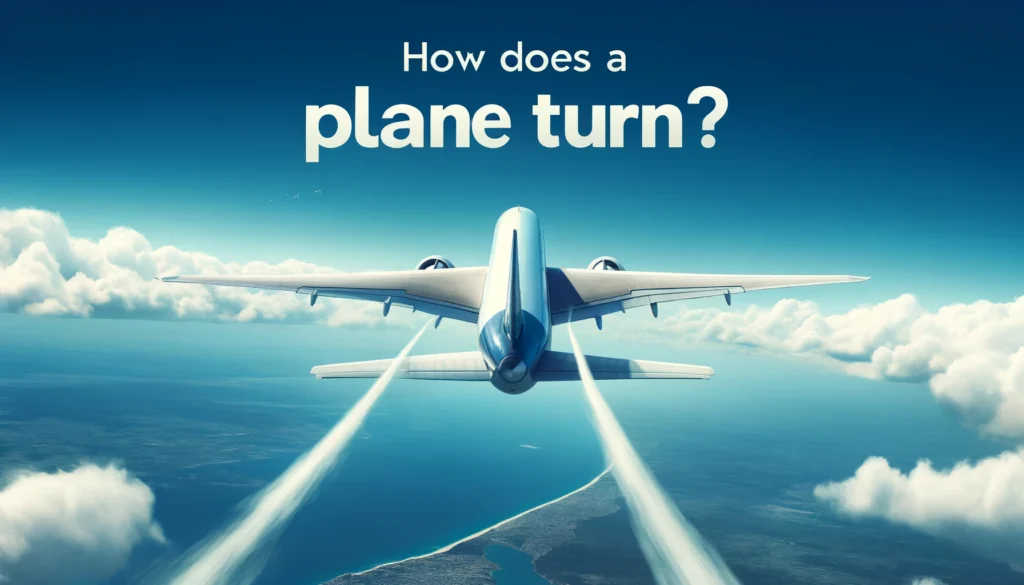Flying is a marvel of modern technology. One question I often get asked is, “How does a plane turn?” It’s fascinating to think about how such large machines maneuver gracefully in the sky. Today, I’m going to walk you through the entire process, answering all your questions about how planes turn in different scenarios. This will be an in-depth guide that will give you a thorough understanding of aviation dynamics.
How Does a Plane Turn in the Air?

When we talk about how a plane turns in the air, we are primarily referring to its ability to change direction while flying. This maneuver is accomplished using the aircraft’s ailerons, rudder, and elevators.
Understanding the Ailerons, Rudder, and Elevators
- Ailerons are small hinged sections on the outer part of the wings. They work in opposition to each other; when one goes up, the other goes down. This action causes the plane to roll to one side, initiating a turn.
- Rudder is a vertical control surface located on the tail of the aircraft. It controls yaw, which is the left or right movement of the plane’s nose.
- Elevators present on the horizontal tail surface. They control the pitch of the plane, which is the upward or downward tilt of the aircraft’s nose.
To turn a plane in the air, the pilot uses a combination of these control surfaces. Here’s a step-by-step explanation:
- Rolling into the Turn: The pilot tilts the control stick to the left or right. This action moves the ailerons and causes the plane to roll in the desired direction.
- Coordinating with the Rudder: Simultaneously, the pilot applies pressure to the rudder pedals. This aligns the nose of the plane with the direction of the turn, preventing a side-slip.
- Maintaining Altitude: During the turn, the elevators used to keep the plane at the same altitude, counteracting the loss of lift due to the banked wings.
How Does a Plane Turn Left and Right?
The process of turning left or right in the air involves coordinating the ailerons and rudder. When the pilot wants to turn left:
- The left aileron goes up, and the right aileron goes down.
- The left rudder pedal is pushed forward.
- The elevators are adjusted to maintain altitude.
The opposite actions are taken to turn right. This coordination ensures a smooth and controlled turn.
How Does a Plane Turn on the Ground?

Turning a plane on the ground involves a different set of controls. When an aircraft is taxiing on the runway or at the airport, it uses its nose wheel steering, and brakes to maneuver.
Nose Wheel Steering
Most modern aircraft have nose wheel steering systems controlled by a tiller or the rudder pedals. Here’s how it works:
- Using the Tiller: The tiller is a small wheel or handle located on the pilot’s side. Turning it left or right directs the nose wheel in the corresponding direction.
- Rudder Pedals: On smaller aircraft, the rudder pedals also control the nose wheel steering. Pressing the left pedal turns the nose wheel to the left, and pressing the right pedal turns it to the right.
Differential Braking
Differential braking helps in making tighter turns on the ground. By applying brakes to one side’s main landing gear wheels, the aircraft can pivot around that point, enhancing the turn.
How Long Does It Take to Turn a Plane Around?
Turning a plane around on the ground is not just about maneuvering; it involves preparing the aircraft for the next flight. This process is known as a turnaround. Several factors influence the time it takes to turn a plane around:
- Passenger Disembarkation and Boarding: The time it takes for passengers to exit and new passengers to board.
- Refueling: Depending on the flight length, refueling can take significant time.
- Catering and Cleaning: Loading new meals and cleaning the cabin are essential steps.
- Maintenance Checks: Quick checks to ensure the aircraft is in good condition for the next flight.
On average, a turnaround can take anywhere from 30 minutes to over an hour, depending on the size of the aircraft and the efficiency of the ground crew.
How Does a Plane Turn in the Sky?

Turning a plane in the sky involves a precise balance of aerodynamic forces. The primary goal is to change the aircraft’s direction while maintaining stable flight.
Bank Angle and Turn Radius
The bank angle is the tilt of the plane’s wings during a turn. The steeper the bank angle, the sharper the turn. However, a steep bank angle also increases the load factor on the aircraft, which can affect passenger comfort and structural stress.
The turn radius is the distance the aircraft covers in a circular path during a turn. Several factors influence the turn radius:
- Speed: Higher speeds result in larger turn radii.
- Bank Angle: Steeper bank angles result in smaller turn radii.
- Altitude: Higher altitudes can also affect the turn radius due to thinner air.
How Fast Do a Plane Go “Experience Exciting Truth!”
How Many Degrees Does a Plane Turn?
When discussing how many degrees a plane turns, we often refer to the standard rate turn. Thus, A standard rate turn is a 360-degree turn that takes 2 minutes to complete. This translates to a turn rate of 3 degrees per second. Pilots use this standard to ensure predictable and safe maneuvers, especially during instrument flight conditions.
Coordinated Turns
A coordinated turn ensures that all aerodynamic forces are balanced. Thus, This means there is no slipping or skidding during the turn. The pilot uses the turn coordinator instrument to maintain a coordinated turn, ensuring the ball in the instrument stays centered.
Understanding Turn Dynamics
Lift and Centripetal Force
During a turn, the wings generate lift that acts perpendicular to the direction of the wings. When the aircraft banks, the lift vector is tilted, & a component of this lift acts as a centripetal force that pulls the plane into the turn.
Load Factor
The load factor is the ratio of the lift generated by the wings to the weight of the aircraft. During a turn, especially a steep one, the load factor increases. Pilots need to be aware of the load factor to ensure the aircraft remains within its structural limits.
How Does a Plane Turn “Final Thoughts”

Understanding how a plane turns involves a blend of aerodynamics, pilot skill, and technology. Moreover, Whether turning in the air or on the ground, these maneuvers are crucial for the safe and efficient operation of aircraft. If you have any more questions about aviation, feel free to explore other articles on Wings Over Cloud or reach out to us.
Remember, the next time you’re on a flight and feel the gentle tilt as the plane turns, you’ll know exactly how and why it’s happening. Happy flying!
Chances of Plane Crash: Astonishing Truths That Will Shock You!

